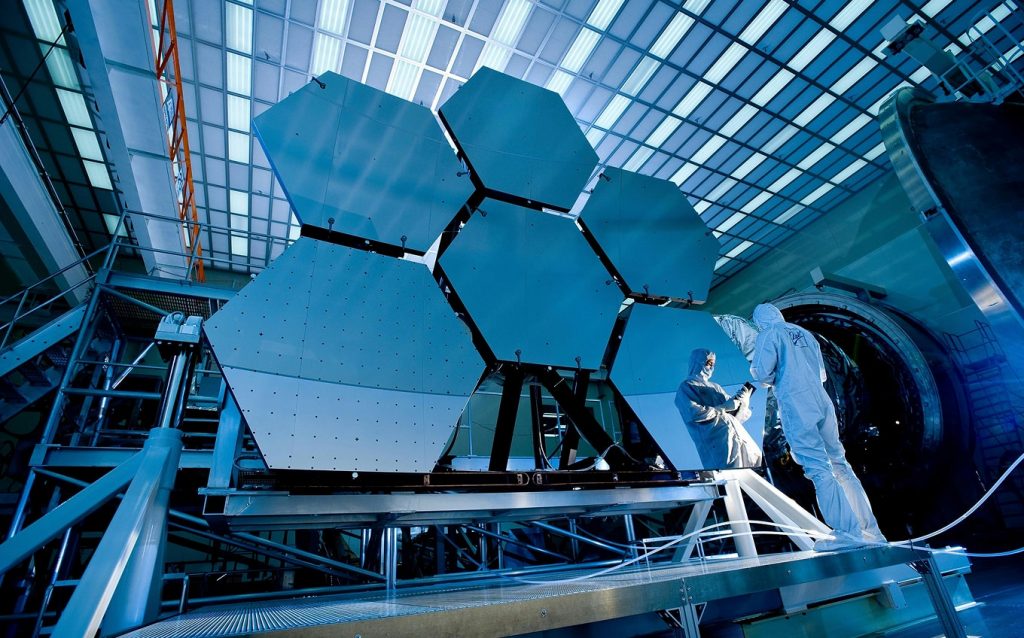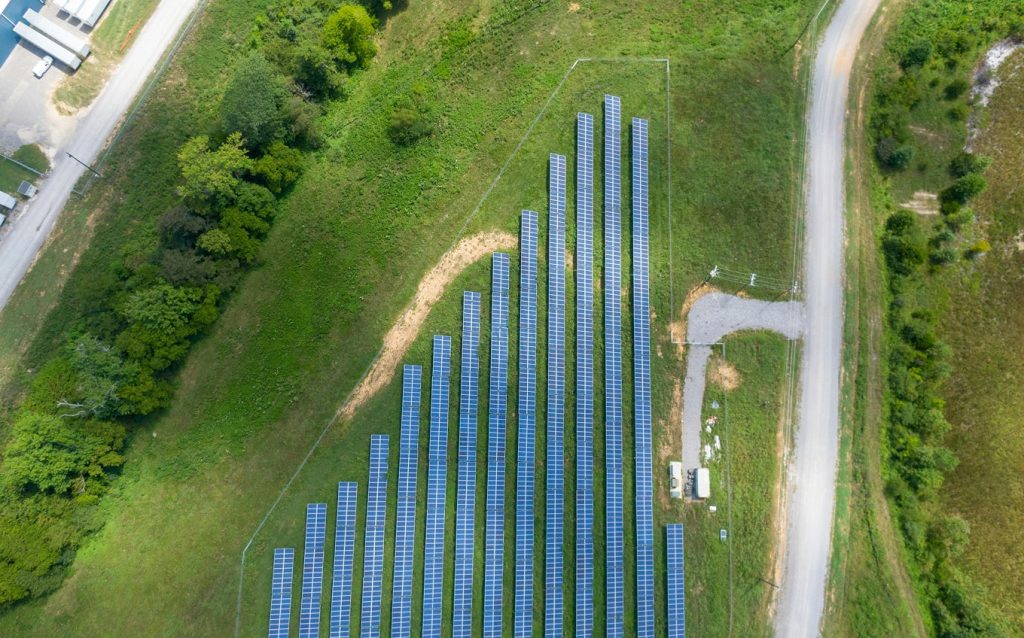打造卓越软件
让我们一起创造非凡。
Lasting Dynamics 提供无与伦比的软件质量。
安东尼奥-西尔维斯特雷
6 月 25, 2025 • 10 min read

Discover the technologies 和 trends defining tomorrow's digital world.
New Innovations has always driven human progress. From the steam engine to the smartphone, each wave of change has fundamentally altered how we live and work. During the Industrial Revolution, mechanical advancements like the steam engine transitioned societies from agrarian to industrial. Later, Ford’s introduction of the assembly line in automobile manufacturing redefined productivity, influencing everything from software sprints to supply chains.
Electricity, once a novel scientific pursuit, became a utility that transformed daily life. It extended productivity into the night, powered communication tools, and enabled urban development. When computing arrived in the mid-20th century, it introduced new logic and programmable machines that laid the groundwork for artificial intelligence, data science, and blockchain infrastructure. The first programmable digital computer, ENIAC, built in 1945, looked more like a control room than a personal device. But it sparked the age of binary logic, algorithms, and stored-program architecture—all critical principles that underpin every modern technology, from AI models to blockchain consensus mechanisms.
By the 1990s, the Internet had turned information into a shareable, searchable commodity. Search engines and e-commerce giants reshaped how we learn, shop, and connect. A simple eso login now feels more secure and seamless than paper ID systems ever did. The mobile phone later put this power in every pocket, unlocking mobile commerce, travel apps, and tools that translate Czech to English with a single tap. With smartphones came app ecosystems, mobile commerce, and instant access to everything from maps to meditation. Platforms like LinkedIn altered careers. Services like economy rent a car Costa Rica became bookable in seconds. Language apps turned translation into a click. Connectivity wasn’t just convenient—it became essential.
Cloud computing brought scalable infrastructure to businesses of all sizes. 自动化, from robotic process engines to tools like Zapier, revolutionized backend operations, giving rise to roles like the quality analyst, who ensures these systems operate across increasingly complex digital environments.
Looking back isn’t nostalgia—it’s strategy. Every breakthrough redefined expectations and built the foundation for the new innovations emerging today.
In today’s tech-saturated world, it’s easy to confuse every product update with groundbreaking change. But true innovation goes beyond iteration. It reshapes systems, behaviors, and opportunities. So what makes an innovation truly new?
It begins with originality—not just being the first of its kind, but offering a fundamentally different approach or framework. Take ChatGPT for example. Unlike traditional chatbots, it ushered in a new era of AI-powered conversation, enabling nuanced human-computer dialogue. Similarly, Spotify revolutionized how we experience music, not by inventing streaming, but by embedding personalization and algorithmic intelligence into every user interaction.
The second pillar is value creation. An innovation becomes meaningful when it solves a tangible problem or unlocks new potential. Think of dark mode in apps. While seemingly small, it addresses digital eye strain and reflects user-centric thinking. Likewise, LinkedIn’s “Open to Work” banner reshaped professional signaling with a simple design element.
The third is adoption. It’s not enough to build something novel—it must scale. Behind-the-scenes advancements like EV battery chemistry or video rendering engines aren’t flashy, but they’re widely integrated, shaping industries in silence.
Other new innovations, like CRISPR or quantum computing, haven’t hit the mainstream yet, but they’re redefining the boundaries of what’s possible. These technologies sit at the edge of science and society, pointing toward futures we can only begin to imagine.
让我们一起创造非凡。
Lasting Dynamics 提供无与伦比的软件质量。
Together, these elements—novelty, utility, and adoption—define new innovations as more than improvements. They mark turning points. They reshape what we build and how we live.

While innovation often brings efficiency, scalability, and improved user experiences, it also poses serious challenges to existing systems. Nowhere is this tension more visible than in traditional industries where digital transformation introduces rapid—and sometimes painful—disruption.
在 logistics and warehousing, for example, AI-powered inventory management and warehouse robotics have improved precision and lowered operational costs. But this automation also displaces frontline workers, requiring businesses to rethink workforce development and upskilling.
"(《世界人权宣言》) creative industry has undergone a quiet revolution. Generative AI tools capable of producing everything from copy to visual assets are altering the landscape for writers, designers, and musicians. While this unlocks productivity for businesses, it raises new concerns around ownership, authenticity, and the long-term viability of creative careers.
零售业 has been redefined by e-commerce platforms equipped with real-time delivery systems and AI-driven recommendation engines. Although customers benefit from convenience and personalization, small businesses often struggle to compete, leading to store closures and loss of community-based commerce.
在 医护, diagnostic algorithms and biosensors improve access and accuracy. Yet, when physicians rely too heavily on these systems, their own diagnostic skills risk erosion. Data privacy is also a critical concern, particularly in regions lacking strong regulation.
教育 is shifting toward AI tutors and remote platforms that promise tailored learning at scale. But these systems can’t always replicate in-person mentorship and emotional intelligence, leaving students in low-access or high-need environments underserved.
Culture, too, feels the ripple effect. Language translation tools—from Czech to English and beyond—make communication borderless. But as nuance gets flattened, linguistic diversity and cultural richness may be sacrificed.
Even industries like tourism are being reshaped. Platforms such as Shakadabra offer personalized itineraries built by algorithms, but in doing so, they edge out local guides and traditional travel agencies.
从创意到发布,我们根据您的业务需求量身打造可扩展的软件。
与我们合作,加速您的成长。
And while electric vehicles cut emissions, the mining and supply chains behind lithium-ion batteries raise their own sustainability and ethical issues.
Innovation must be applied with foresight. While powerful, it can also create imbalance without inclusive and sustainable planning.
Healthcare and biotech have seen some of the most radical advancements. AI-powered platforms like Diagnostic Biochips are enabling breakthroughs in neuroscience, drastically reducing the time required for analysis and accelerating treatment development. The integration of data modeling is also pushing research cycles into fast-forward, making healthcare more predictive, personalized, and accessible.
In the world of software and digital workflows, platforms like Roundrush and Intempus are redefining collaboration. They support distributed teams by combining agile development with microservice architecture, real-time task tracking, and mobile-first usability. This isn’t just project management—it’s a complete overhaul of how remote work functions at scale.
Real estate and construction have embraced immersive technology to streamline the buyer experience. LD Estate uses AR/VR to let clients explore and customize properties before they’re even built. These new innovations are shortening decision cycles and building confidence through interactive visual engagement, giving customers more control in high-stakes transactions.
Insurance and fintech are also undergoing major evolution. Omne, for instance, takes user engagement to the next level by gamifying app interactions. Instead of logging in just to manage a policy, users now engage daily with lifestyle content, rewards, and health tracking—turning static utilities into dynamic experiences.
In sustainability, companies like Rosmariano and Yoozen are proving that ecological responsibility and business performance are not at odds. AI-driven efficiency is helping reduce waste in solar manufacturing and enabling blockchain-powered closed-loop agricultural systems. These new innovations reflect a future where green tech isn’t just compliant—it’s core to strategy.
Collectively, these sectors are showing that real innovation doesn’t just improve efficiency. It rewires expectations, business models, and user experience from the ground up.

Innovation today is not only altering what we do—but who we are. Our tools shape our self-perception, relationships, and choices in subtle yet profound ways. Take digital identity. Your preferences, location data, social activity—even your Veolia login—feed an ever-growing data shadow. This amalgam of behavior, context, and choices becomes a digital proxy, shaping how algorithms treat you and what content you encounter. In many cases, it defines how you are seen, even more than your physical presence.
我们设计并打造脱颖而出的高品质数字产品。
每一步都可靠、高效、创新。
Behavioral shifts are emerging, too. LinkedIn now lets professionals openly display job-seeking status. Wellness apps use micro nudges to influence your routine, sleep, and productivity. As everything becomes trackable and optimized, intuition and spontaneity often take a back seat to what machines deem efficient.
Emotionally, this connected existence creates a paradox. On one hand, we gain access to AI-powered journaling, digital therapy, and mental health dashboards. On the other, this commodifies introspection, turning even self-reflection into a measurable output. Constant notifications, comparison culture, and the drive to “perform” online can lead to digital fatigue.
To meet this challenge, innovation must be more than functional—it must be humane. Systems must incorporate principles of digital compassion, designing not just for usability, but for empowerment, empathy, and ethical alignment.
As innovation accelerates, questions of responsibility move to the forefront. It’s no longer enough to ask what we can build—we must ask what we should build. Responsible innovation demands an approach rooted in transparency, inclusivity, sustainability, and data ethics.
Transparency ensures that users understand the systems they engage with. Platforms like Coraly exemplify this through automation that remains visible and configurable, avoiding black-box AI in favor of user control and trust.
Inclusivity is not just about accessibility—it’s about anticipating edge cases and designing for a wide range of human experiences. Minders is a strong example, adapting to diverse goals and wellness needs across cultures and workplace dynamics. It shows that personalization doesn’t have to come at the expense of empathy.
Sustainability is now a baseline expectation. Projects like Yoozen apply AI to solar panel manufacturing, cutting waste and inefficiencies. Others, like Rosmariano, use gamification to promote reforestation through user engagement. These solutions demonstrate that green tech can be profitable and scalable.
Privacy and data ethics are paramount in an AI-driven world. UPFT offers synthetic data environments to test AI without compromising user information. It’s a model for responsible engineering, proving that innovation can prioritize both performance and protection.
Finally, internal culture plays a critical role. Brandbassador’s use of Agile workflows and cross-team communication shows that innovation isn’t just technical—it’s interpersonal. Ethical products start with ethical teams.
Large language models (LLMs) like GPT-4 have evolved far beyond their original roles as experimental tools. In 2025, they serve as foundational infrastructure across a growing range of industries, powering everything from diagnostics to marketing workflows.
Their widespread use has turned them into default components of enterprise tech stacks. LLMs are now deeply embedded in customer support chatbots, legal analysis tools, coding assistants, and content generation platforms. This commoditization reflects how essential they’ve become to daily operations.
However, as access to base models becomes more universal, companies are under pressure to differentiate. The true competitive edge lies in fine-tuning these models with domain-specific data, customizing workflows, and layering on proprietary knowledge. Those who build strategic data assets around LLMs gain more than just speed—they gain insight.
Simultaneously, we are witnessing global diversification. Open-source and regional models are rising, helping reduce reliance on major tech giants while offering cultural and linguistic specificity. Countries and companies alike are developing their own LLMs to address local regulations and context-driven communication.
LLMs are no longer just tools—they've become platforms that define how organizations operate, innovate, and scale intelligence across ecosystems.
Olivetti, once a symbol of Italian innovation, was among the first to launch a desktop computer in 1965—the Programma 101. The company married technical excellence with social responsibility and had the potential to become a global tech giant. But despite its visionary foundations, Olivetti faltered by clinging too tightly to its legacy.
When the digital era arrived, the company failed to pivot toward software and open ecosystems. While others embraced global partnerships and platform thinking, Olivetti stayed insular. It serves as a cautionary tale: in innovation, the risk isn’t just falling behind—it’s standing still.
Olivetti’s decline reminds us that innovation isn’t only about invention; it’s about transition, adaptation, and letting go of what once worked.

Looking ahead, the most important new innovations won’t just be the fastest or most technically advanced—they’ll be the most responsible. We’re entering a phase where companies and creators will be judged not only on what they build, but on why and how they build it.
Expect AI systems to evolve from generalized tools into hyper-specialized problem-solvers. Whether it’s optimizing traffic flow in smart cities or reducing patient wait times in hospitals, these targeted applications will become the norm.
Blockchain, once synonymous with cryptocurrency, is now expanding into logistics, law, and governance. As transparency and trust become strategic priorities, decentralized systems will play a critical role in areas like public records and smart contracts.
Sustainability will shift from differentiator to requirement. Products that cannot clearly prove their environmental impact may find themselves excluded from shelves, investment, and public trust.
Finally, the innovation model itself will become more collective. Open-source ecosystems, cross-disciplinary teams, and user-driven platforms will define a new collaborative frontier. In this world, innovation isn’t just top-down—it’s community-led.
The innovators who will define the next decade won’t necessarily be those who build first. They’ll be the ones who build with intention, foresight, and humanity.
您想让您的下一次创新取得真正的成功吗? 联系我们
将大胆的想法转化为强大的应用。
让我们一起创造出具有影响力的软件。
安东尼奥-西尔维斯特雷